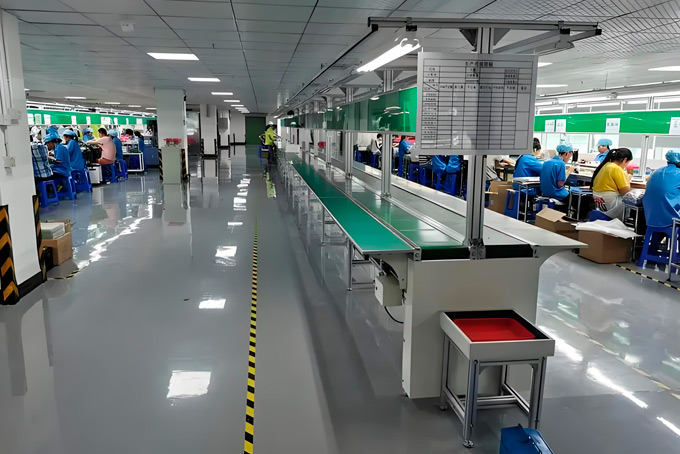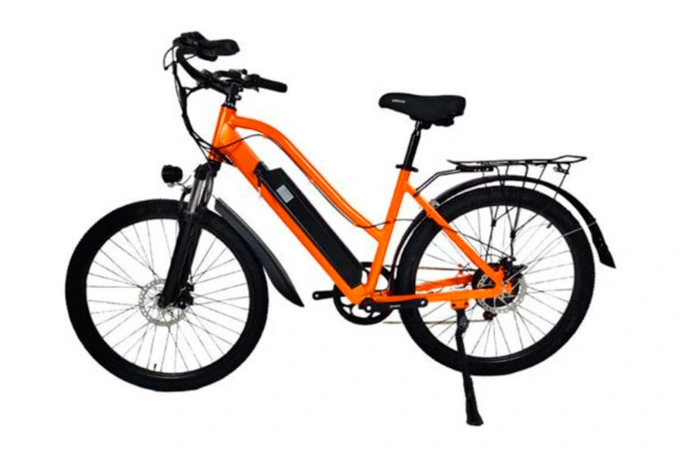Choosing the right liquid level sensor is essential for maintaining the efficiency and safety of various industrial and commercial applications. BST, a renowned company in sensor technology, offers a wide range of liquid level sensors, including SPST-NO/NC liquid level sensors. This guide will help you navigate the key factors to consider when selecting the right BST liquid level sensor for your specific needs.
Before selecting a BST liquid level sensor, it is crucial to understand the specific requirements of your application. Consider the following aspects:
Type of Liquid: Different liquids have unique properties such as viscosity, density, and chemical composition. Ensure that the sensor you choose is compatible with the liquid you are monitoring.
Temperature Range: Determine the operating temperature range of your application. BST's sensors are designed to function effectively across a wide range of temperatures.
Pressure Conditions: Assess the pressure conditions in your system. Some sensors are better suited for high-pressure environments, while others are designed for low-pressure applications.
BST offers two primary types of liquid level sensors: SPST-NO (Single Pole Single Throw - Normally Open) and SPST-NC (Single Pole Single Throw - Normally Closed). Understanding the difference between these two types is crucial:
SPST-NO Sensors: These sensors remain open (non-conductive) when the liquid level is below the set point and close (conductive) when the liquid reaches the set point. They are ideal for applications where an action needs to be triggered when the liquid reaches a certain level.
SPST-NC Sensors: These sensors remain closed (conductive) when the liquid level is below the set point and open (non-conductive) when the liquid reaches the set point. They are suitable for applications where an action needs to be stopped when the liquid reaches a certain level.
The material of the sensor must be compatible with the liquid it will be in contact with. BST's liquid level sensors are available in various materials such as stainless steel, plastic, and brass. Consider the chemical compatibility, durability, and cost when selecting the material.
Ease of installation and maintenance is another critical factor. BST's liquid level sensors are designed for straightforward installation and minimal maintenance. Ensure that the sensor you choose can be easily integrated into your existing system and that it offers reliable performance with minimal upkeep.
Accuracy and reliability are paramount when selecting a liquid level sensor. BST's sensors are known for their high precision and dependable performance. Look for sensors with a proven track record and positive customer reviews to ensure you are making a sound investment.
While cost should not be the sole determining factor, it is essential to consider your budget. BST offers a range of liquid level sensors at various price points, ensuring that you can find a sensor that meets your needs without compromising on quality.
Selecting the right BST liquid level sensor involves understanding your application requirements, choosing between SPST-NO and SPST-NC sensors, ensuring material compatibility, considering installation and maintenance, prioritizing accuracy and reliability, and evaluating cost considerations. By carefully assessing these factors, you can make an informed decision that will enhance the efficiency and safety of your operations. BST's comprehensive range of liquid level sensors ensures that you will find the perfect solution for your specific needs.

